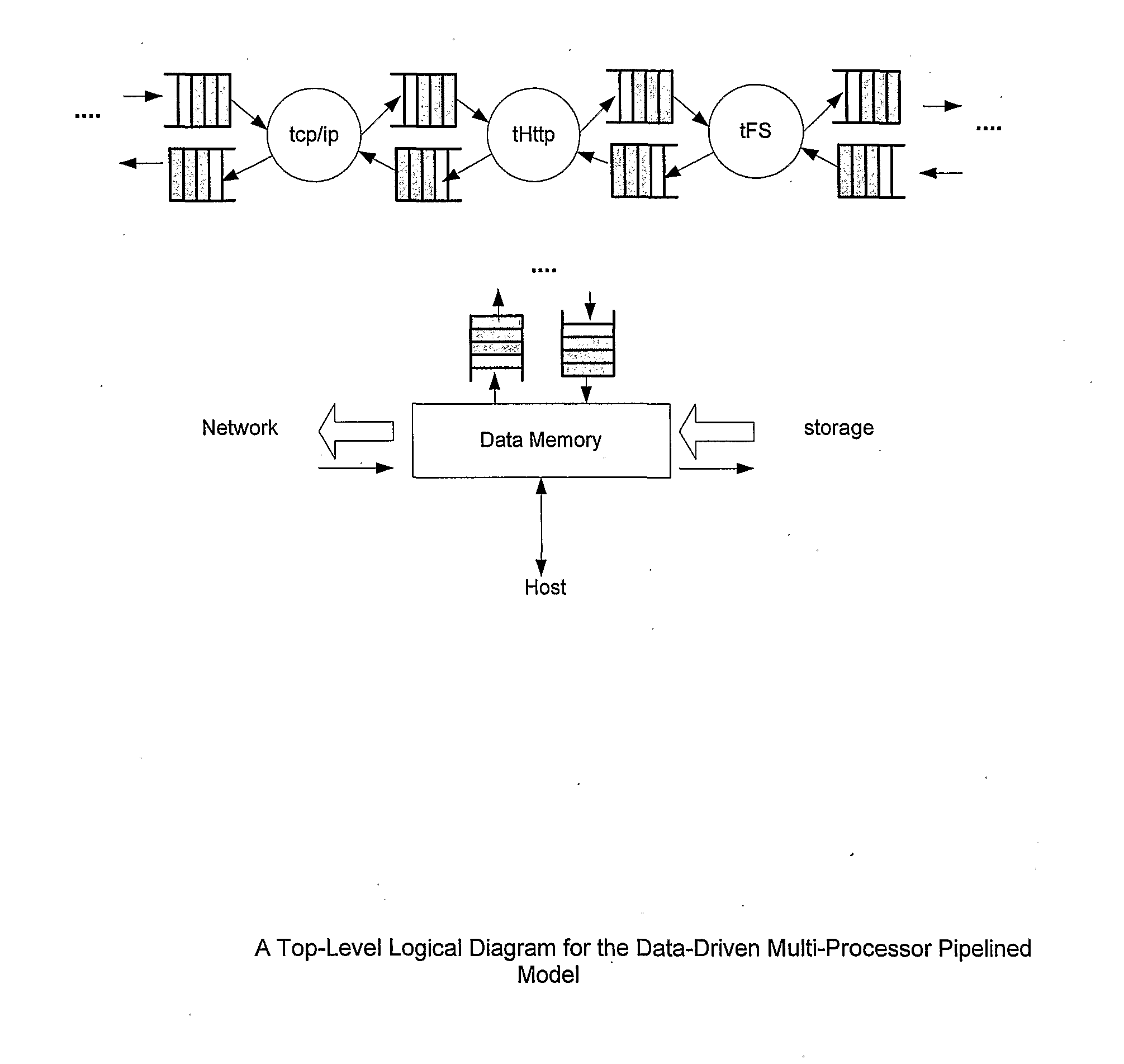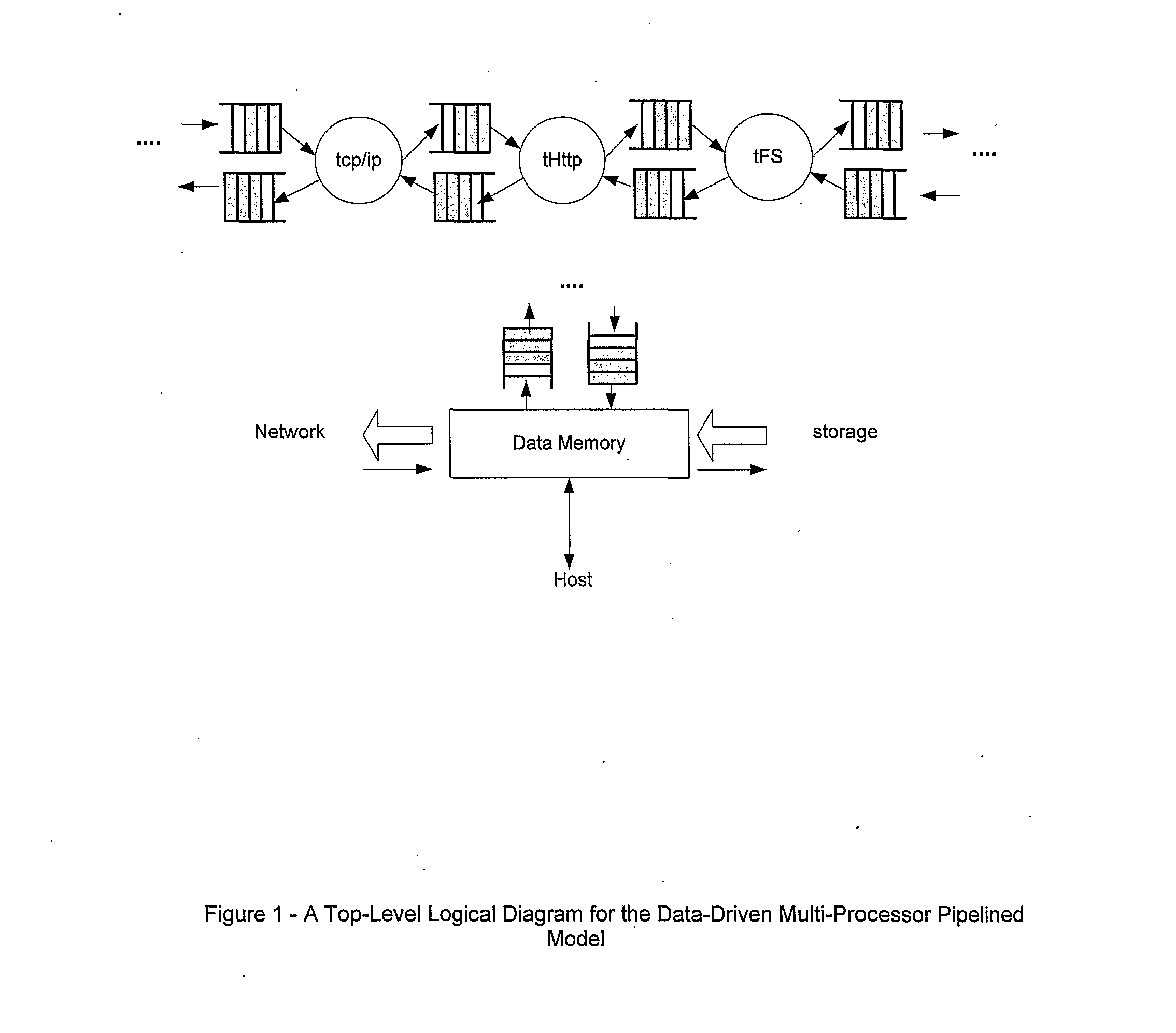Devices and methods for reshaping cartilage structures
- Summary
- Abstract
- Description
- Claims
- Application Information
AI Technical Summary
Benefits of technology
Problems solved by technology
Method used
Image
Examples
Embodiment Construction
[0048]The preferred embodiment of the invention is illustrated in FIGS. 1-15, and described in the text that follows. Although the invention has been most specifically illustrated with particular preferred embodiments, it should be understood that the invention concerns the principles by which such embodiments may be constructed and operated, and is by no means limited to the specific configurations shown.
[0049]In one embodiment, a three-way network server bypass device has two main function blocks (100 and 101) as shown in FIG. 8. Based-on decoded high layer protocol information, the control unit, CU (100) decides to switch the data to the server or to the storage through switching element (SE, 101). The device may be physically inside the server housing, but may also be supplied as an external unit.
[0050]The present invention improves performance and reliability of network data access with the flexibility of a server-based system. It avoids multiple data-copying in a server system...
PUM
 Login to View More
Login to View More Abstract
Description
Claims
Application Information
 Login to View More
Login to View More - R&D
- Intellectual Property
- Life Sciences
- Materials
- Tech Scout
- Unparalleled Data Quality
- Higher Quality Content
- 60% Fewer Hallucinations
Browse by: Latest US Patents, China's latest patents, Technical Efficacy Thesaurus, Application Domain, Technology Topic, Popular Technical Reports.
© 2025 PatSnap. All rights reserved.Legal|Privacy policy|Modern Slavery Act Transparency Statement|Sitemap|About US| Contact US: help@patsnap.com



